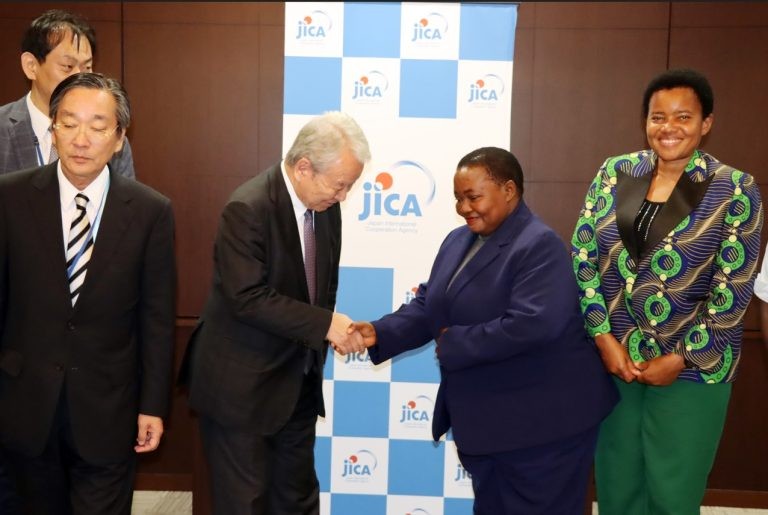By: Boy Fidel Leon
Good partnerships, like good roads, take time to build but transform everything when complete.
Uganda and Japan understand this. During her visit to Tokyo this month, Prime Minister Robinah Nabbanja found more than diplomatic pleasantries at the Japan International Cooperation Agency. She found momentum for a partnership that could reshape how East Africa moves.
The Kampala Flyover Lot I stand as proof. Where congestion once choked the city, vehicles now flow.
“The Japanese Government support has changed the face of Kampala and helped to ease traffic flow,” Nabbanja said, addressing JICA President Tanaka Akihiko at his headquarters.
But Nabbanja didn’t come to celebrate what’s already built. She came to accelerate what was next. Lot II of the flyover project represents something bigger than another stretch of concrete.
It represents Uganda’s ambition to solve a problem that plagues every growing African city. How to move millions without grinding to a halt.
The Jinja Bridge and newly signalised junctions across Kampala already demonstrate JICA’s track record here. Then there’s the Karuma Bridge rehabilitation project, addressing infrastructure that has outlived its usefulness. These aren’t flashy investments. They’re the unglamorous work of fixing what breaks under the weight of progress.
Yet Tanaka offered caution wrapped in pragmatism. Lot II requires more than enthusiasm. “This is going to be a very big project that requires proper planning,” he explained. JICA began surveys this month to understand not just current demand but what Uganda’s cities will need five, ten years from now.
Rushing infrastructure is how you build problems, not solutions.
That patience impressed Nabbanja enough that she committed government backing to accelerate the process once planning concludes. It’s the kind of understanding that defines successful development partnerships. Neither side demands speed at the expense of substance.
The discussions extended beyond flyovers. Tanaka praised Uganda’s refugee policy with genuine warmth. “I’m impressed by the generosity of the Government of Uganda. Our staff have been working in these communities and are happy with how you handle refugees,” he said.
It’s a reminder that development partnerships encompass more than infrastructure.
Nabbanja later met with Japanese Chief Cabinet Secretary Yoshimasa Hayashi, who saw opportunity in Uganda’s natural resource wealth. He pledged continued Japanese support and commended Uganda’s participation in the Osaka Expo 2025, which concludes this month. For a country often overlooked in global development conversations, being recognised matters.
The real test of this partnership may lie in what comes next. Nabbanja visited the Japanese Business Federation and met with titans of industry. Tetsuji Ohashi leads Komatsu. Jun Karube heads Toyota Tsusho Corporation. These aren’t minor players.
“As a country, we have been supporting Toyota for many years,” Nabbanja told them. “Now I appeal to you to come and invest in our country to contribute to its development.”
Both executives signalled optimism about Uganda’s investment climate. That matters because flyovers alone don’t transform cities. Jobs do. Manufacturing does. The entire economic ecosystem behind the infrastructure does.
Uganda faces what every emerging economy faces. How do you build the bones of a modern city before you have the sinews of a modern economy? How do you create jobs while creating roads? How do you move fast enough to keep up with urbanisation without moving so fast that you build things that crack?
The Japanese partnership suggests an answer. Not speed. Intentionality. Not flashy promises. Concrete results. Not one-off projects. Integrated systems. That may not capture headlines. But it builds cities that work.


